Turning Back Time: Restoring a Historic Home
The unparalleled splendor of a historic home attracts many eager buyers. While prospective shoppers may find themselves lured in by the intrinsic charm and possible tax incentives that accompany purchasing and restoring an older property, it’s crucial to do ample research before buying, or even bidding, on an old house – no matter how much you may adore it.
First, you’ll need to determine if the home is merely “old” or garners the prestigious yet more complicated “historic” distinction. In many regions or states, homes must be over 50 years old to be considered historic, while in other areas, properties must meet certain other criteria. As per the standards set by the National Register Criteria for Evaluation, the home’s age, integrity, and significance will be examined.
If the property has been associated with people, events, activities, or developments that proved important in the past, or if the home features significant architectural history, landscape history, or engineering achievements, it may be considered historic as well.
Should the home you’re interested in be deemed a historical property, you may be held, or limited to, certain standards when it comes to making improvements. Not adhering to these guidelines can end up costing you precious tax credits and the property could lose its historic status. Because rules vary from place to place, it’s best to learn which apply to your area before getting started.
Seek the counsel of professionals
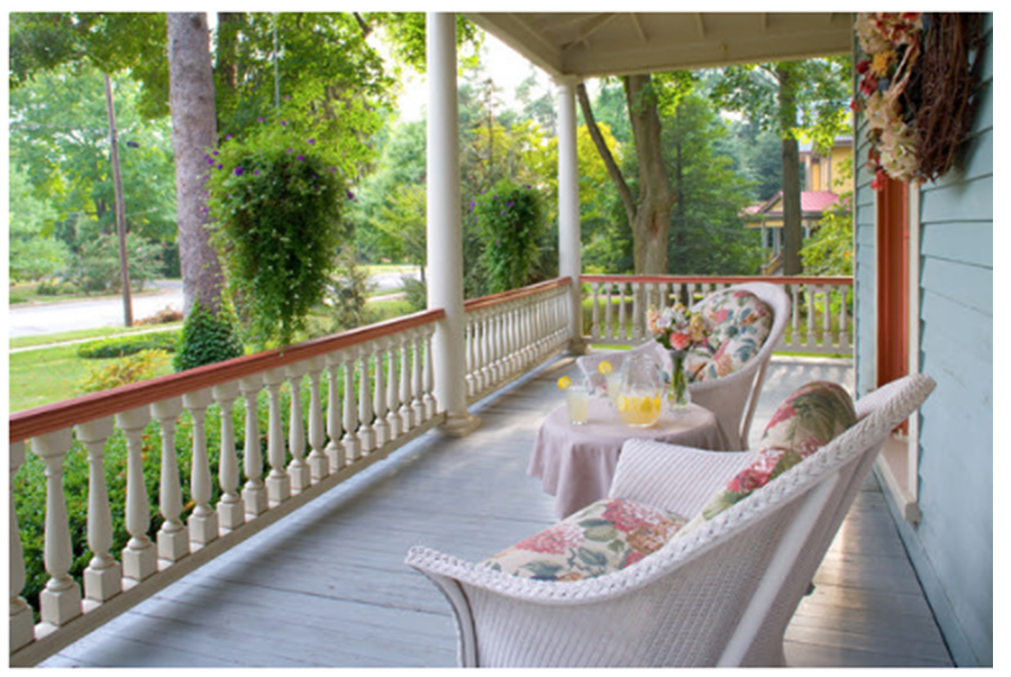
It’s easy to be wooed by the allure of a historic property. But before you find yourself with a project beyond your budget or desired timeframe, have the house assessed by professionals who specialize in working on historic homes.
Contractors and structural engineers who are experts in this field will provide an idea of the scope of the work as well as the projected costs. They’ll also ensure that the finished product is functional and falls within any specified guidelines required to maintain the building’s historic status.
Plus, consider this: Would you feel comfortable trusting a subcontractor who’s never worked on a plumbing system that dates back to the early 1900s? Of course not. As with any home renovation, be sure your contractor is licensed, insured, and well-qualified for the task at hand.
Do the Math
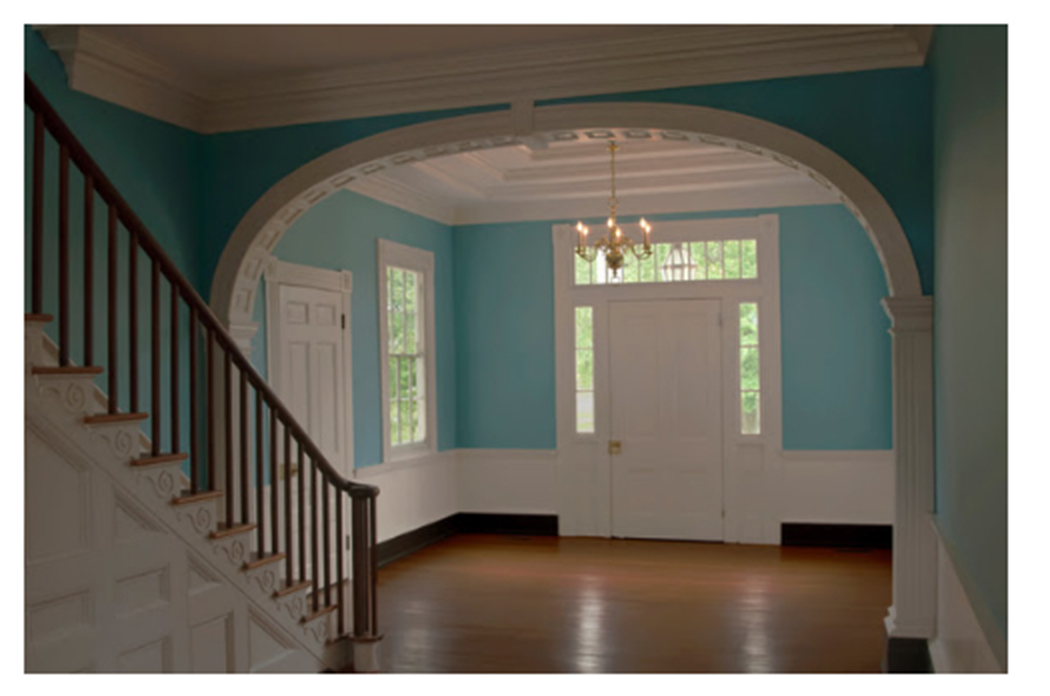
While older homes, particularly ones in need of a little TLC, often seem like a great value, add up the items that need to be restored and see if it’s still an attractive buy. Obviously, cosmetic issues are easier to deal with when compared with structural problems, which invariably prove to be larger expenses and take far longer to complete. Knowing what you’re dealing with can help you decide if moving forward is in your best interest.
Older homes also present environmental dangers in the form of asbestos and lead paint. Options for remediation include removing the material in its entirety, removing it from the material it is attached to, or encapsulating it, which many professionals believe to be the best option.
No one enjoys unpleasant surprises, which is why experts suggest adding 20 to 25% on top of a contractor’s bid in anticipation of unexpected issues that are unearthed during the renovation. Forewarned is forearmed.
Determine if you should restore or rehabilitate?

Before you begin restoring an older home, consider what the term truly means: to return the house’s interior and exterior look to its original time period. Rehabilitating, on the other hand, implies that you will be preserving the spirit of the age but doing so using different materials.
To help make your decision easier, evaluate your intent and the cost-to-benefit ratio of the changes you’ll need to make. Are you the owner/occupant who will enjoy these improvements for years to come? Or, are you hoping to flip the home as quickly as possible to maximize your profit? In either scenario, you’ll need to decide which works for the property and your budget: restoration or rehabilitation?
Experts agree nothing fits an older home like its original parts so it may be in your best interest to work with what you have. For example, while you might try to save a few dollars by purchasing a new door, you may lose hours attempting to make it fit in a door jamb that’s settled over the past century. Will you have wood milled to recreate a handrail or will you simply go with ready-made wrought iron? The answer to these questions can impact your final cost as well as the authenticity of the space.
It’s easy to be won over by the beauty of a historic home, but knowing exactly what you’re getting into can help you assess if this is the right move for your budget and your lifestyle.


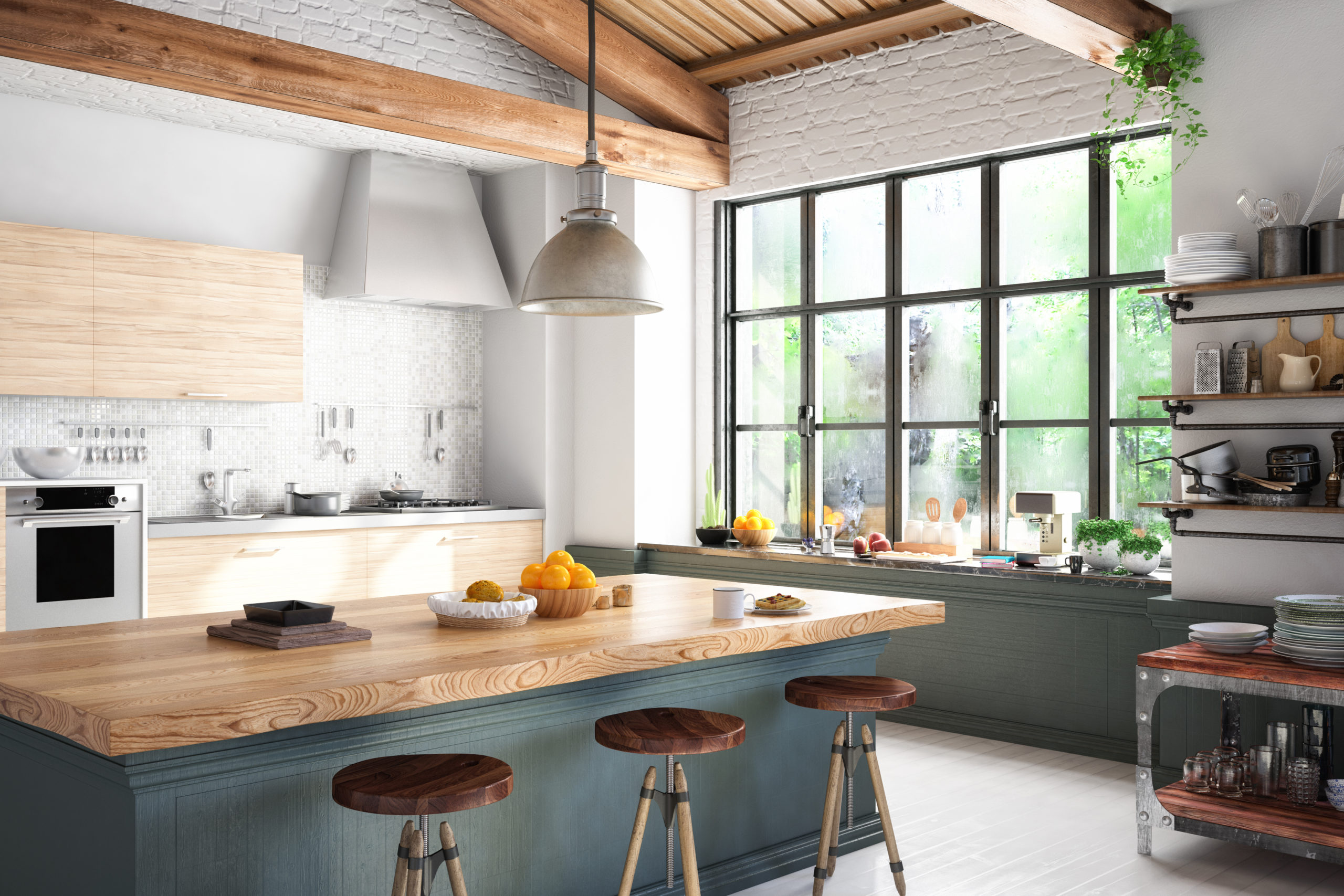

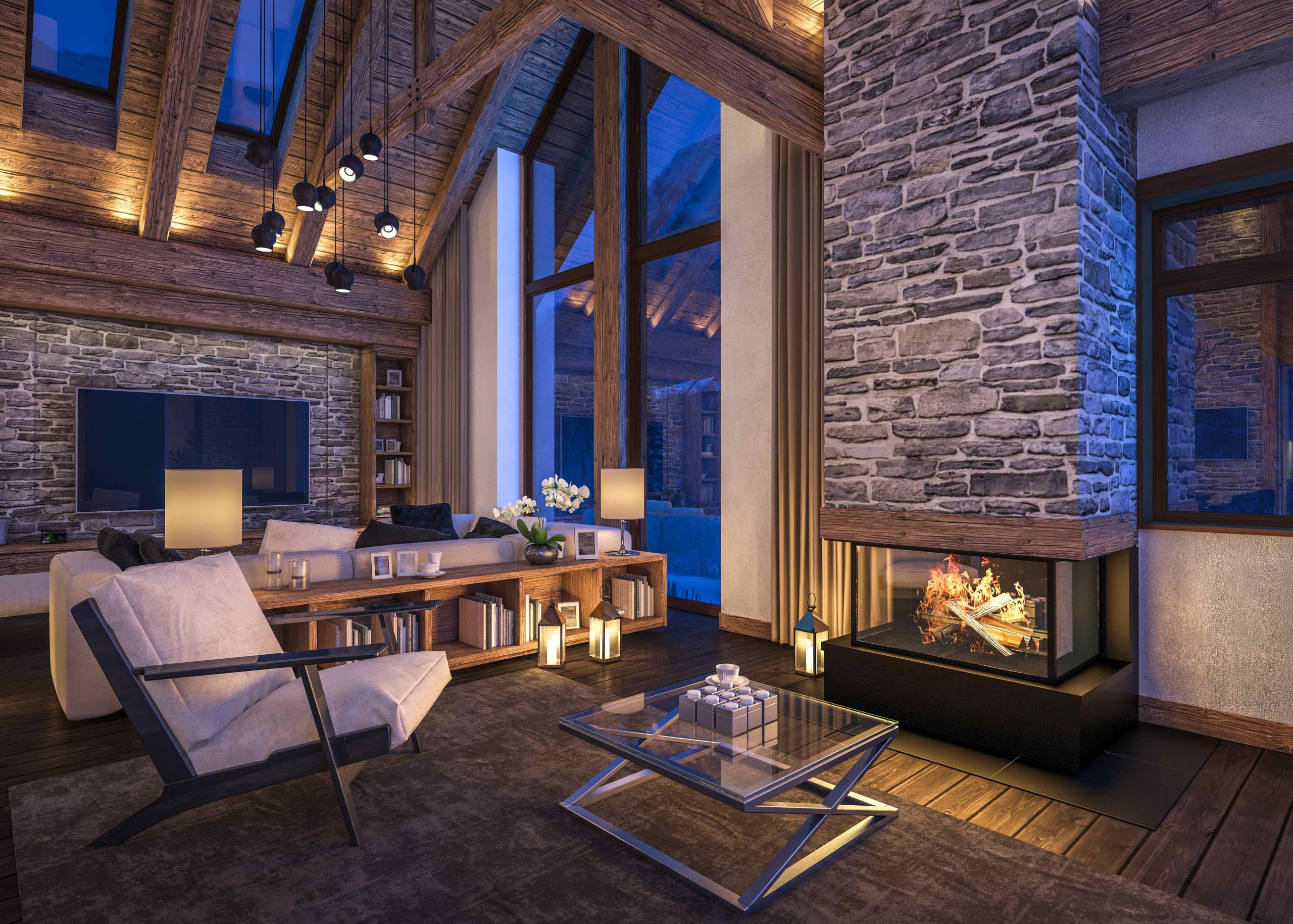

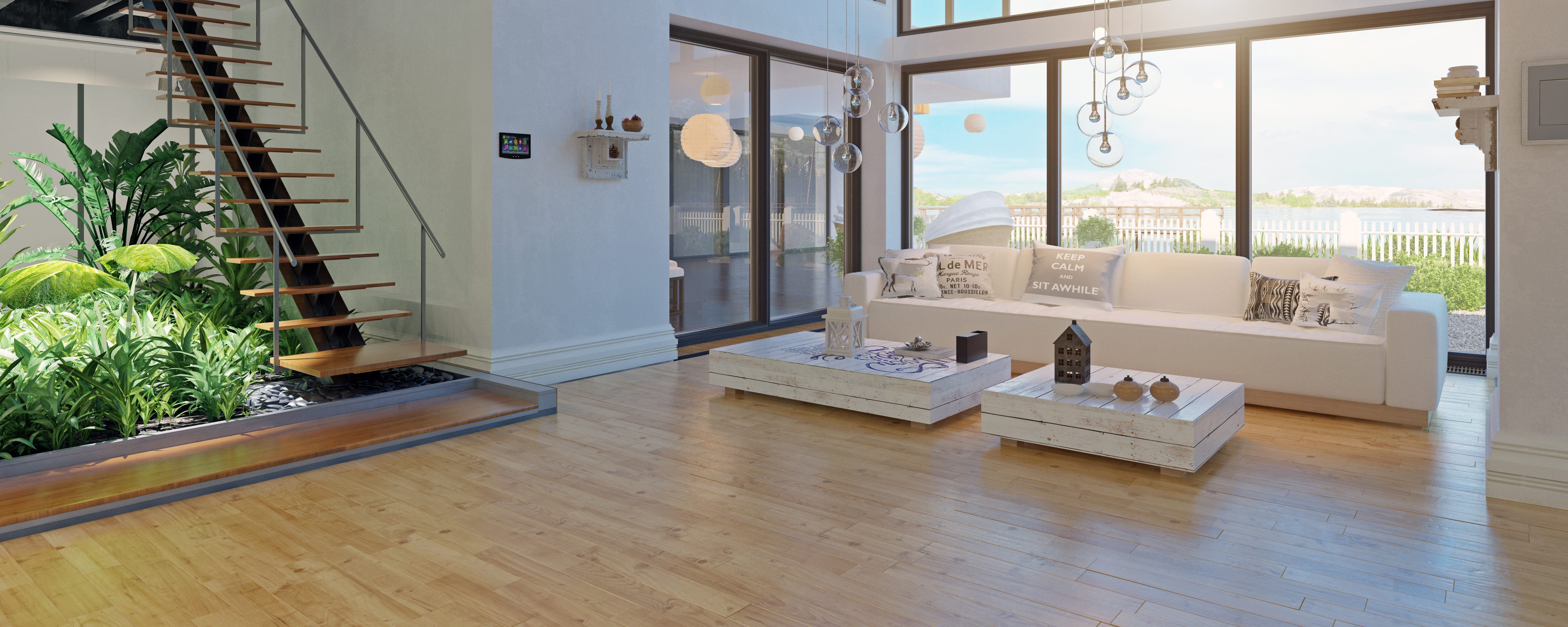
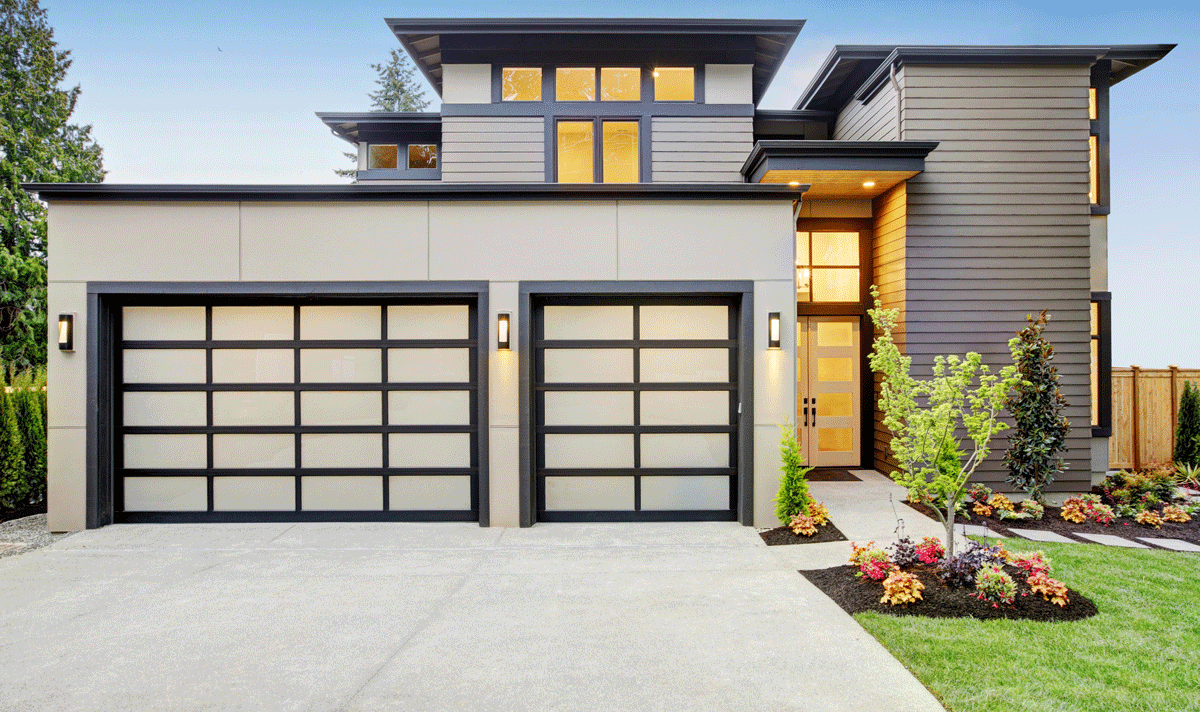
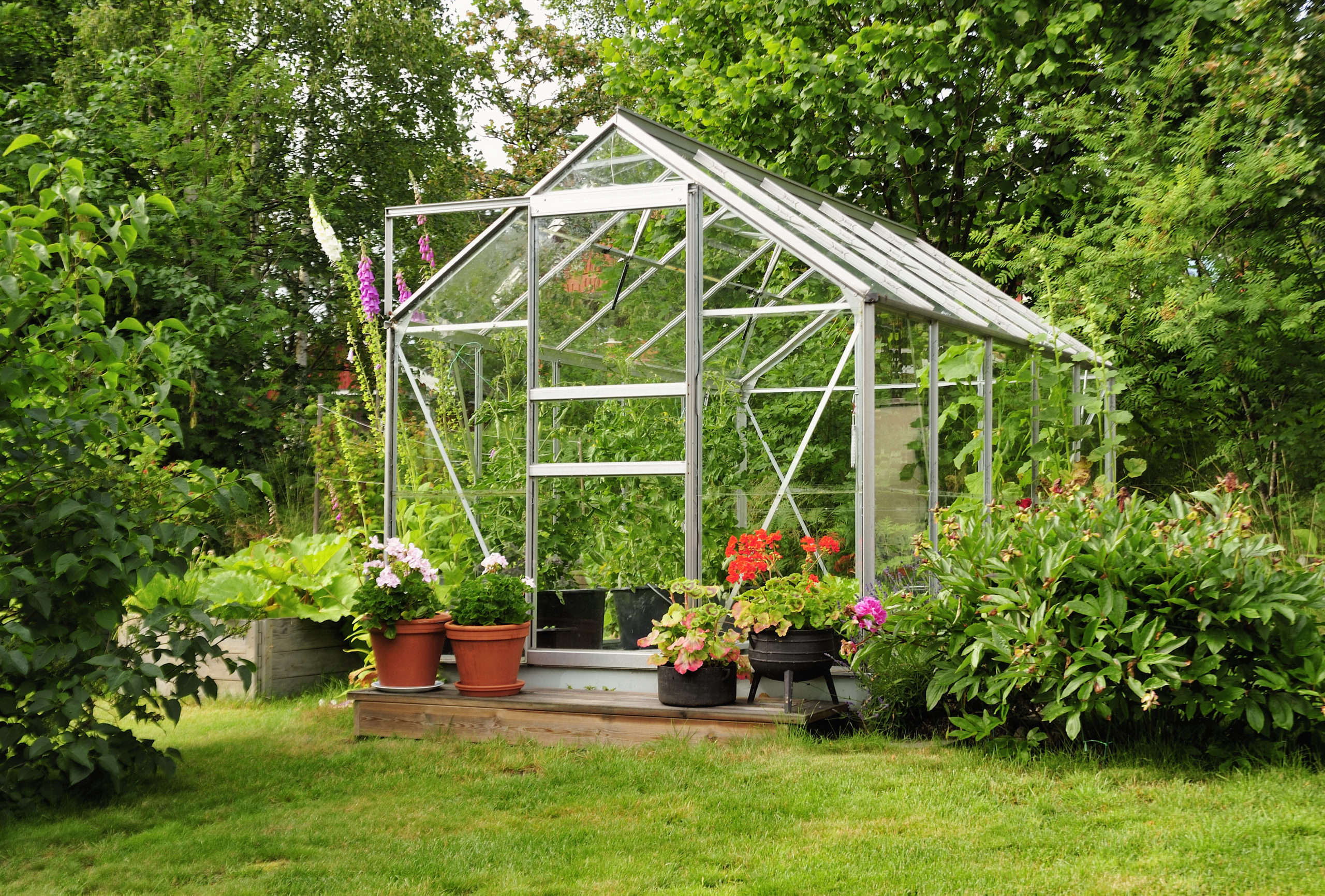

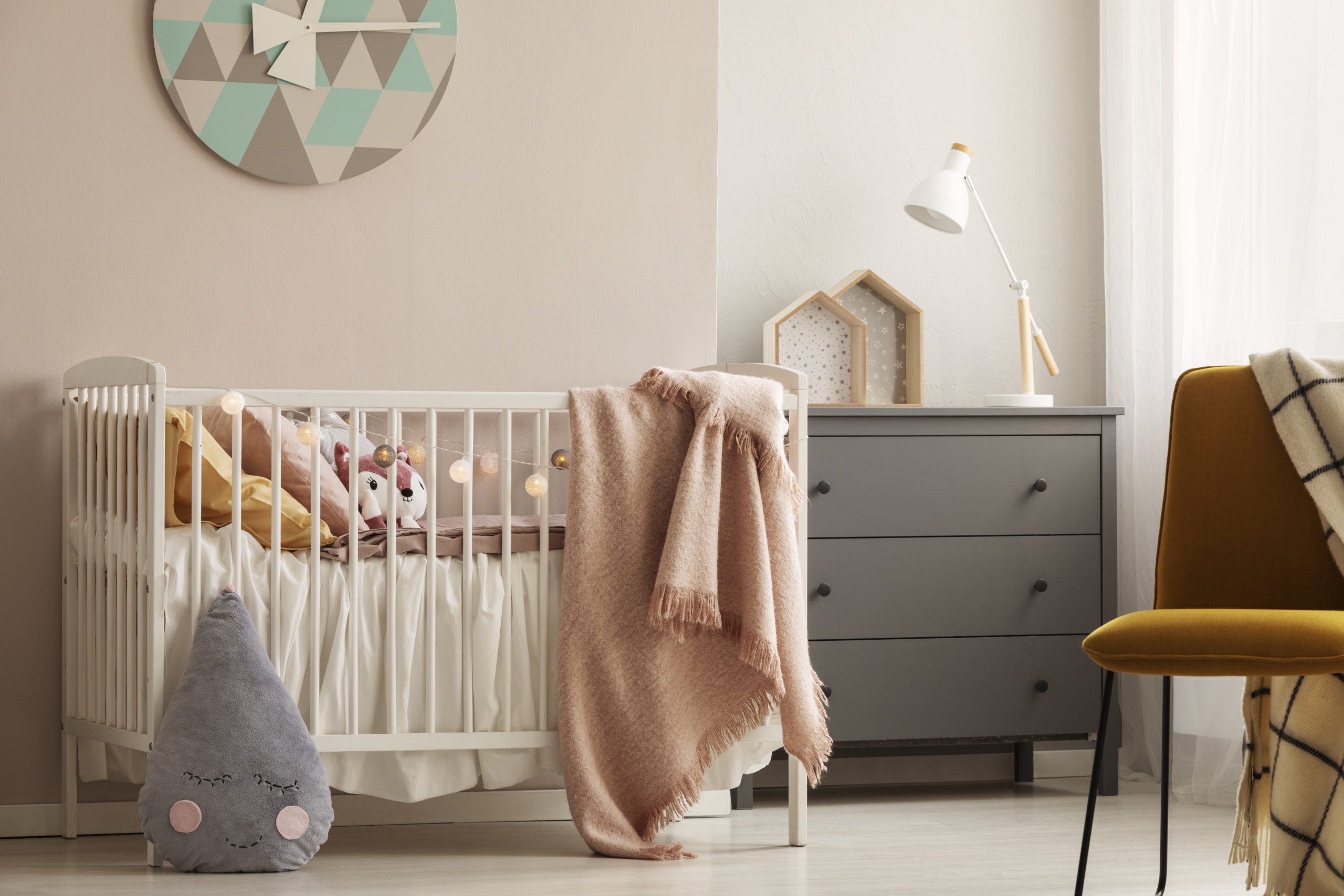






Share this article with your network!